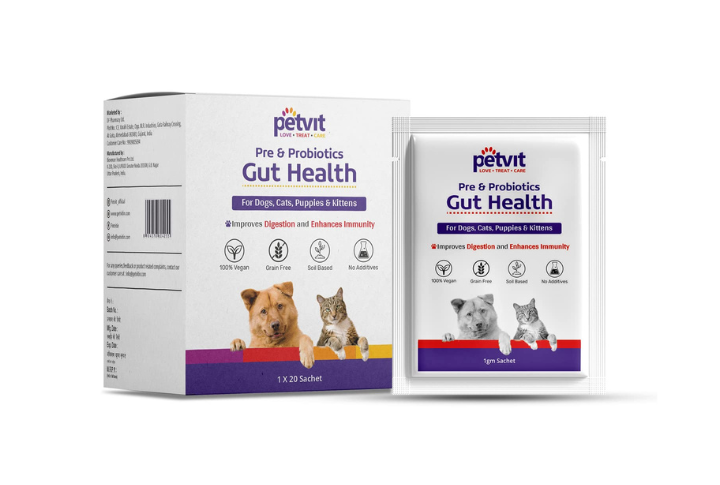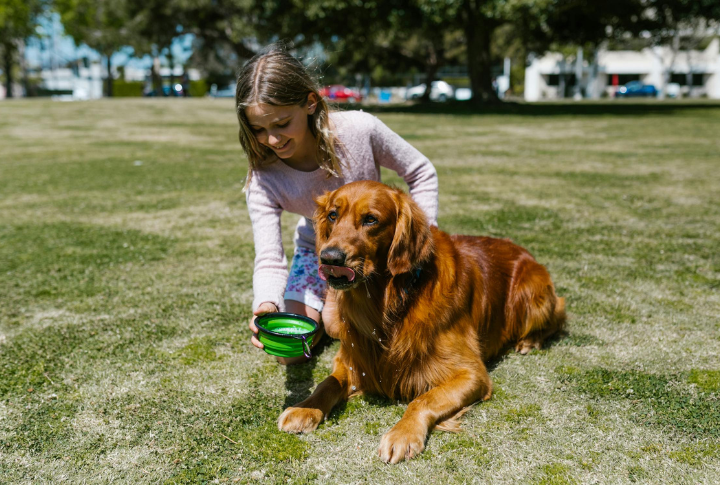10 Tips To Help Your Dog Through Digestive Discomfort

You know the look—ears pinned back and that pitiful glance that says something’s not right. Watching a dog suffer through stomach discomfort is stressful, especially when they can’t explain what hurts. Thankfully, there are simple ways to ease their pain. Use these tips to help your pup feel better while keeping stress at bay for both of you.
Serve A Nourishing Binding Meal

When your pup feels under the weather, a mix of pumpkin puree and boiled turkey can offer gentle relief. Pumpkin’s fiber supports digestion, while turkey provides easily digestible protein. It is a simple combo that may help soothe an upset stomach and keep mealtime light yet nourishing.
Use Probiotics

Probiotics can be great for your dog’s tummy! They help balance good bacteria in the gut, which improves digestion and reduces bloating. You can try dog-safe probiotics or even plain yogurt. But always check with your vet first to make sure it’s the right choice for your canine friend.
Lift The Bowl For Easier Eating

For pups struggling with acid reflux, some pet owners find that a raised bowl makes mealtime comfortable. While evidence of its effectiveness is limited, it may help reduce strain while eating. However, experts recommend consulting a vet for proper management and returning the dish to the floor once symptoms improve.
Stay Alert On Gurgles And Bloating

A little tummy noise is normal, but constant gurgling or bloating? Not so much. If your puppy’s belly feels tight or they seem restless, it could be something serious. Quick action matters—bloat and blockages can escalate fast, so don’t hesitate to call the vet.
Keep Hydration In Check With Ice Cubes

When nausea strikes, water might be too much, too soon. Instead, offer ice chips that are slow-melting and easy on the stomach. A small lick every 15 minutes prevents gulping and soothes queasiness. Once your dog feels better, small water sips can follow.
Entice With Nourishing Bone Broth

It’s tough seeing your dog turn away from food, but a warm bone broth might spark their appetite. Rich in collagen and minerals, it adds flavor to bland meals while being easy on the stomach. Plus, its properties that help hydration make it a great option for those needing extra nourishment.
Use Slippery Elm Bark

Slippery elm bark is known to be used as a herbal remedy for its natural mucilage, which forms a protective layer in their digestive tract. Some pet owners use it for mild stomach discomfort, but veterinary research on its effectiveness is limited. Always check with a professional for safe usage and proper dosage.
Pause Chew Toys Temporarily

When their stomach is off, it’s best to put the chew toys away. Swallowed pieces can lead to blockages or make nausea worse. Clean them up and store them to use when they feel better. You can also offer soft comfort objects that provide reassurance without adding strain on their tummy.
Track Symptoms With A Log

Noticing changes in your dog’s appetite or energy? A detailed log helps you catch early signs of chronic conditions like pancreatitis or IBD. Keeping a record is practical and can be preemptive. The clearer you paint the picture, the quicker a vet can give solutions.
Recognize When It’s Time For The Vet

Dogs can’t tell you when they’re in agony, but their body language speaks volumes. Unusual stillness or strained breathing often screams “emergency.” After all, you know your dog’s usual behavior, so pay attention to changes. Swift veterinary care is the difference between a minor issue and a life-threatening one.





